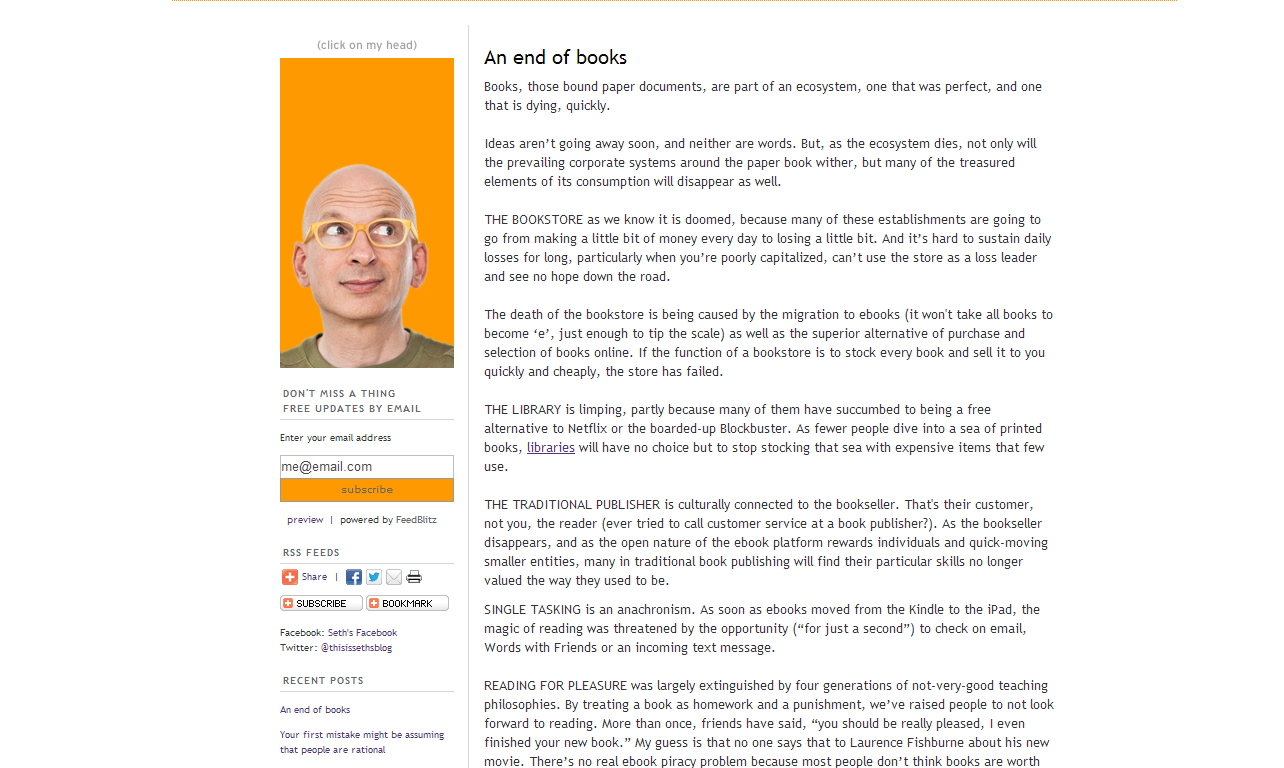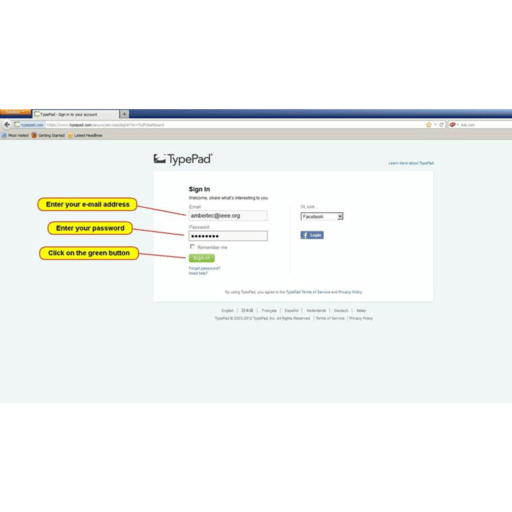

When TypePad has posted your entry, the text box in the Quick Compose module is overlaid with a confirmation message ( Figure 4.13), which includes a link to the entry you just posted.įigure 4.14 The Manage My Blogs module. Just like that, you've created a blog entry. When you're ready to publish your post, just click the green Publish button. If I were a wagering man, I'd bet that you won't be spending too much time with it, but when you need to post something in a hurry, you'll appreciate Quick Compose.


The text of the link is the URL that you typed, and the automatically created link points to that same URL.īottom line, the Quick Compose module is very easy to use but also quite limited. Any URLs that you type in the Quick Compose module are automatically turned into clickable links, which is kind of neat.
#TYPEPAD URL CODE#
You can try to hand-code links, enter images, and the like, but when you click Publish, you'll notice that TypePad ignores all the code you entered. You can't use HTML in the Quick Compose module.(As I discuss in Chapter 7, the title of your post also becomes the title of that post's page, which is a sort of search-engine double whammy.) You can't set the title of a post with the Quick Compose module, which isn't ideal, because search engines really like to index titles.You should remember a few things about the Quick Compose module:


 0 kommentar(er)
0 kommentar(er)
